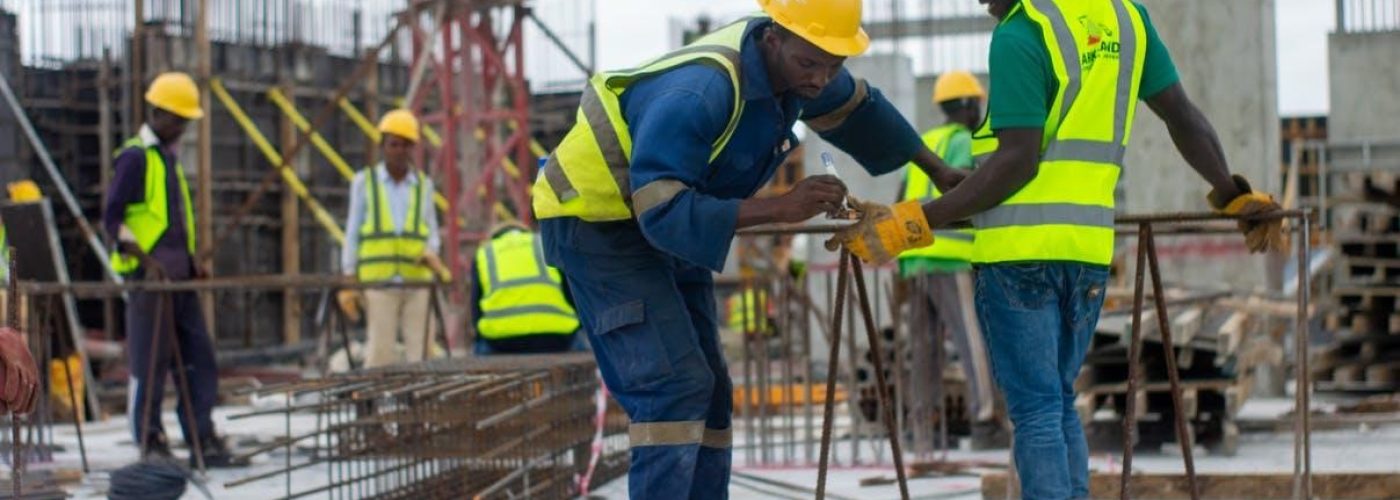Construction sites are inherently dangerous environments for employees, site visitors, and the general public.
They involve risky operations, the use of heavy tools and equipment, and the presence of hazardous materials/chemicals that might cause injuries or illnesses.
Additionally, dust, vibrations, waste, and sound created by on-site activities may be a nuisance to the surrounding community or even affect the ecosystem. Therefore, everyone around a construction site, including workers, visitors, and site owners, must take all the necessary safety and health precautions.
Here are some of the standard safety and health precautions to observe at construction sites;
- Avoiding Accidents When Driving Trucks On and Off the Construction Site
Construction site safety is of utmost importance, and everyone should adhere to standard safety regulations and procedures. Head protection is the minimal safety requirement – but there’s also crane safety, scaffolding and fall protection, proper tool storage, machinery operating procedures, and so much more.
You should never work on a construction site where proper safety equipment is not in place. If you’ve been injured on a construction site as a result of negligence by the construction site owner or head contractor, you may be entitled to compensation.Knowing a good law firm that specializes in construction accident and injury cases, like Abels & Annes, can help you recover the rightful compensation that you deserve.
- Be Cautious When Working With Electricity and Electrical Equipment
Most construction sites need electrical installation. For example, lifting equipment requires the use of electricity and weights.
When dealing with any electrical equipment, it is crucial to be extra careful and ensure that the unit is in good working condition. You should also ensure that you adhere to the equipment’s safety instructions. If you are going to be using welding equipment on a construction site then you need to ensure you know what you are doing. You can’t go up to any machine and start using it. If you are unsure or you are being asked to do something you haven’t been trained to do then don’t be afraid to voice your concerns. The last thing you want is to get injured and then need to take vital time off work.
If the machine has no instructions, be sure to seek assistance and precise guidelines from the site manager or colleague who previously used the device.
- Provide Personnel Protective Equipment
All construction site owners should provide suitable safety clothes and equipment for their employees. As a worker, you must always wear the appropriate attire and equipment at all times within the construction site.
These include helmets and well-fitting safety glasses when using tools or operating equipment. You should use earplugs or muffs when working in noisy conditions and wear protective gloves when handling poisonous chemicals.
- Provide First Aid Kit
While it may be impractical for employees to have their first aid box wherever they go, site owners must provide first aid supplies for workers to use in case of accidents.
Having first aid kits on site allows workers who suffer minor burns, wounds, or falls to get treatment and resume duties. However, even when you have no visible injuries, it is always good to seek medical attention if you get involved in an accident on a construction site.
- Mark Traffic and Evacuation Routes
Construction sites are characterized by the movement of various types of equipment, employees, supervisors, visitors, supply trucks, and lorries. Therefore, it is important to mark traffic and evacuation routes in a manner that ensures everyone’s safety.
For example, all traffic and emergency routes should have proper and visible signs. If possible, equipment movement should have a separate way from people. In addition, there should be signs to indicate any obstacle that might restrict access or exit.
- Ensure Scaffolds Safety
Scaffolds are temporary constructions that enable access to the building’s exterior perimeter, typically obscured by its height. In most cases, scaffolds are made of wood or metal such as steel or aluminum.
Regardless of the materials used, construction site owners must ensure that the scaffolds they use are constructed under the guidance of a qualified individual. More importantly, they must be examined properly before erection to ensure they are free of faults that might jeopardize the framework’s stability.





